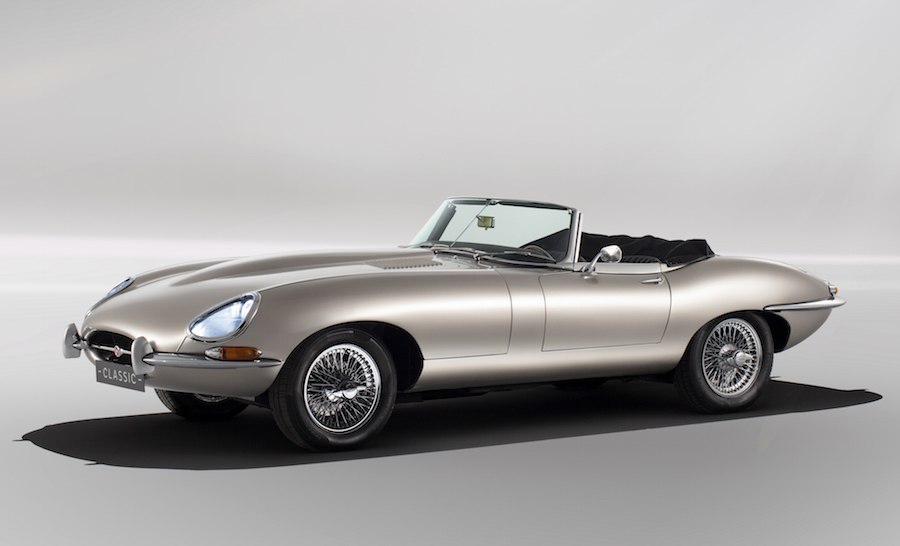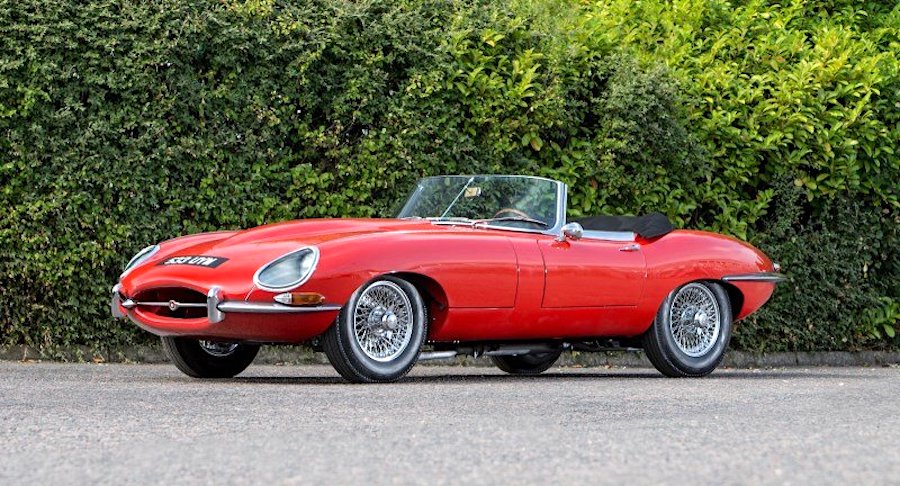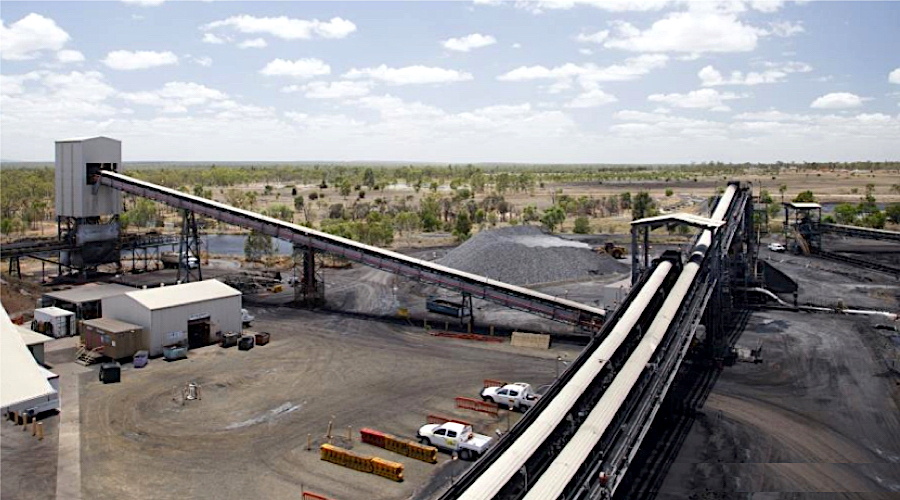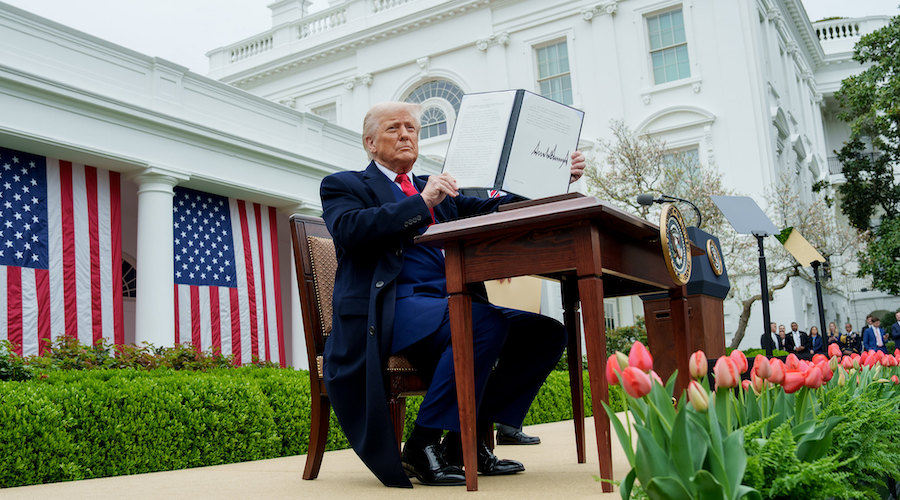World’s ‘most beautiful’ electric car to hit the road in 2020

Jaguar Land Rover Classic has dropped a bombshell in the growing electric vehicles (EVs) sector by announcing the start of production for its ‘E-Type Zero’ car, said to be “the most beautiful” of its kind in the world, at least according to Italian racing driver Enzo Ferrari.
The body and style of this electric car was inspired by the E-Type series of the 1960s.
Customers who already own classic E-types will be able to pay to have their car converted to electric drive — the original engine and transmission will be preserved so that they can be put back in, if that’s ever wanted — or customers can pay Jaguar to acquire an E-type for conversion.

Image courtesy of Jaguar.
“We’ve been overwhelmed by the positive reaction to the Jaguar ‘E-Type Zero’ concept. Future-proofing the enjoyment of classic car ownership is a major stepping stone for Jaguar Classic,” Tim Hannig, Jaguar Land Rover Classic Director, said in the statement.
The announcement is nothing but good news to battery metals miners, which have seen demand for their mined commodities soar in the past year.
The scramble by automakers to secure supply of battery materials has spiked the price for lithium, cobalt, nickel, rare earths and even copper (there’s 300kg of copper in an electric bus and nine tonnes per windfarm megawatt).

The all-electric Jaguar E-Type is the same classic sports car from the 1960s with its long hood, curved roof and chrome bumpers, but with its engine and transmission removed and replaced by a battery pack and an electric motor. (Image: CSBA | Twitter.)
Recent studies show that automotive-related commodity costs jumped to six-year highs in 2017 — up 70%, or $884 per vehicle, since 2015.
Should key battery metals prices continue to climb, it could bring more headaches to carmakers already selling EVs at a loss amid fierce competition, low volumes and disadvantages to internal combustion engines. An International Energy Agency (IEA) report pegs $125/KWh as the level at which EVs achieve parity with those equipped with internal combustion engines (ICEs), but it also warns that since battery costs remain a major component of the current price tag for EVs, financial incentives such as rebates, tax breaks or exemptions will be needed to support electric car deployment.

Image courtesy of Jaguar.
Not surprisingly, AlixPartners, a US consulting firm, sees an eye-popping $255 billion pouring into research and development and capital expenditures to bring some 207 electric models to the market by 2022. A further $61 billion has been earmarked for autonomous-vehicle technologies according to the study.
BMW recently said raw materials needed for car batteries will grow 10-fold in seven years, adding it has been surprised by “just how quickly demand will accelerate”. BMW plans to offer 25 electrified vehicles by 2025 and, like many of its peers, it prefers using nickel-magnesium-cobalt batteries (EVs pioneer Tesla’s favoured battery technology that uses less cobalt).
More News
Peabody Energy reviewing options related to deal with Anglo American
Last year, Anglo American agreed to sell some of its Australian steelmaking coal mines to Peabody for $3.78 billion in cash.
April 08, 2025 | 03:29 pm
Trump signs executive order to help revive dying coal sector
US president also instructed the Interior Department to locate coal deposits on federal lands, remove barriers to mining, and fast-track leasing processes.
April 08, 2025 | 02:32 pm
US envoy sees Alphamin reopening Congo tin mine as rebels depart
Alphamin halted mining last month at its Bisie mine to protect its employees as M23 rebels neared the site.
April 08, 2025 | 01:51 pm
{{ commodity.name }}
{{ post.title }}
{{ post.excerpt }}
{{ post.date }}




2 Comments
EP_2012
I guess beauty is in the eye of the beholder. This is 2018… Not the mid 1900’s.
Tim Paine
It’s really a great electric car with some amazing features. Yeah it looks beautiful and has a vintage look. Do check our website for some great automobile products.